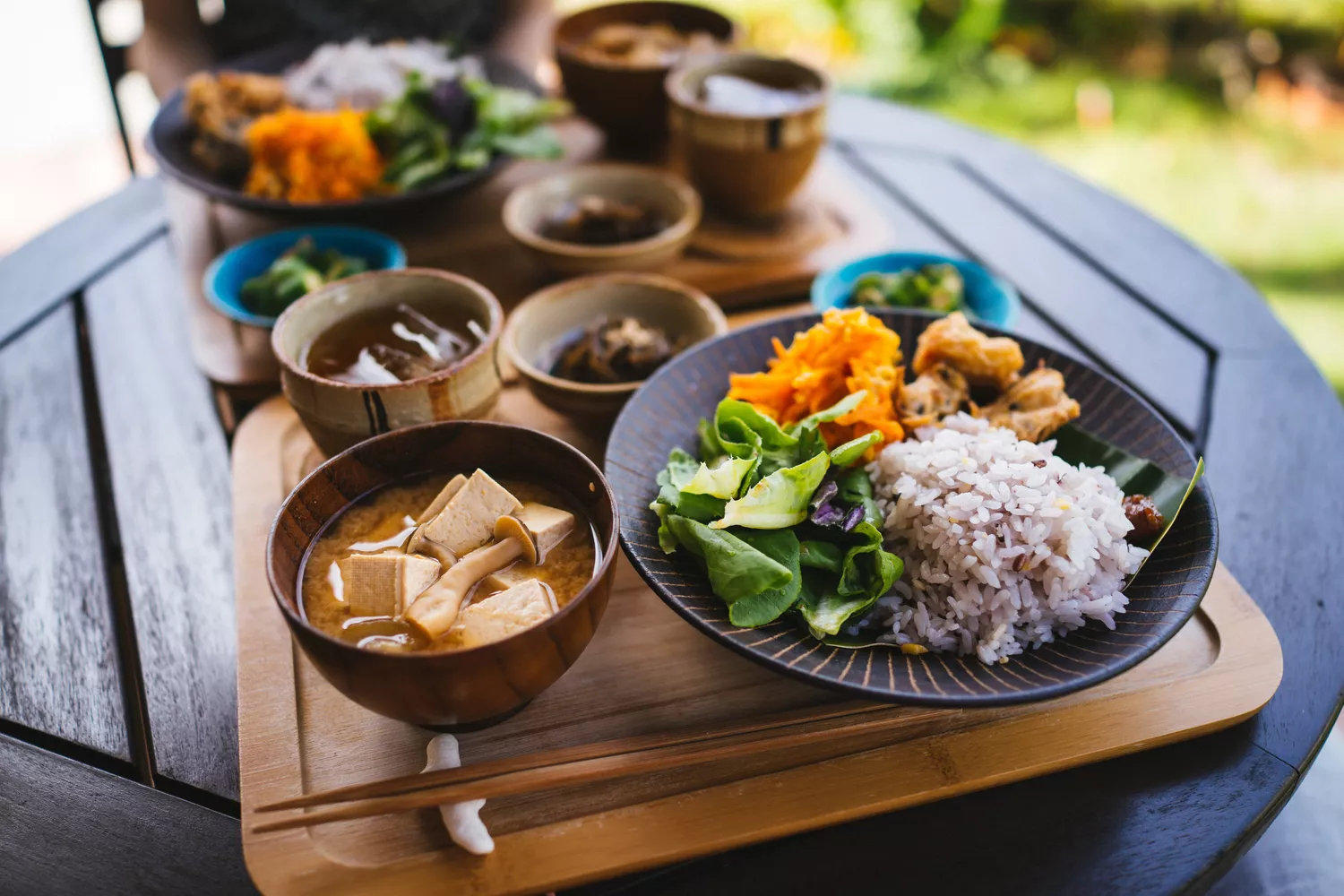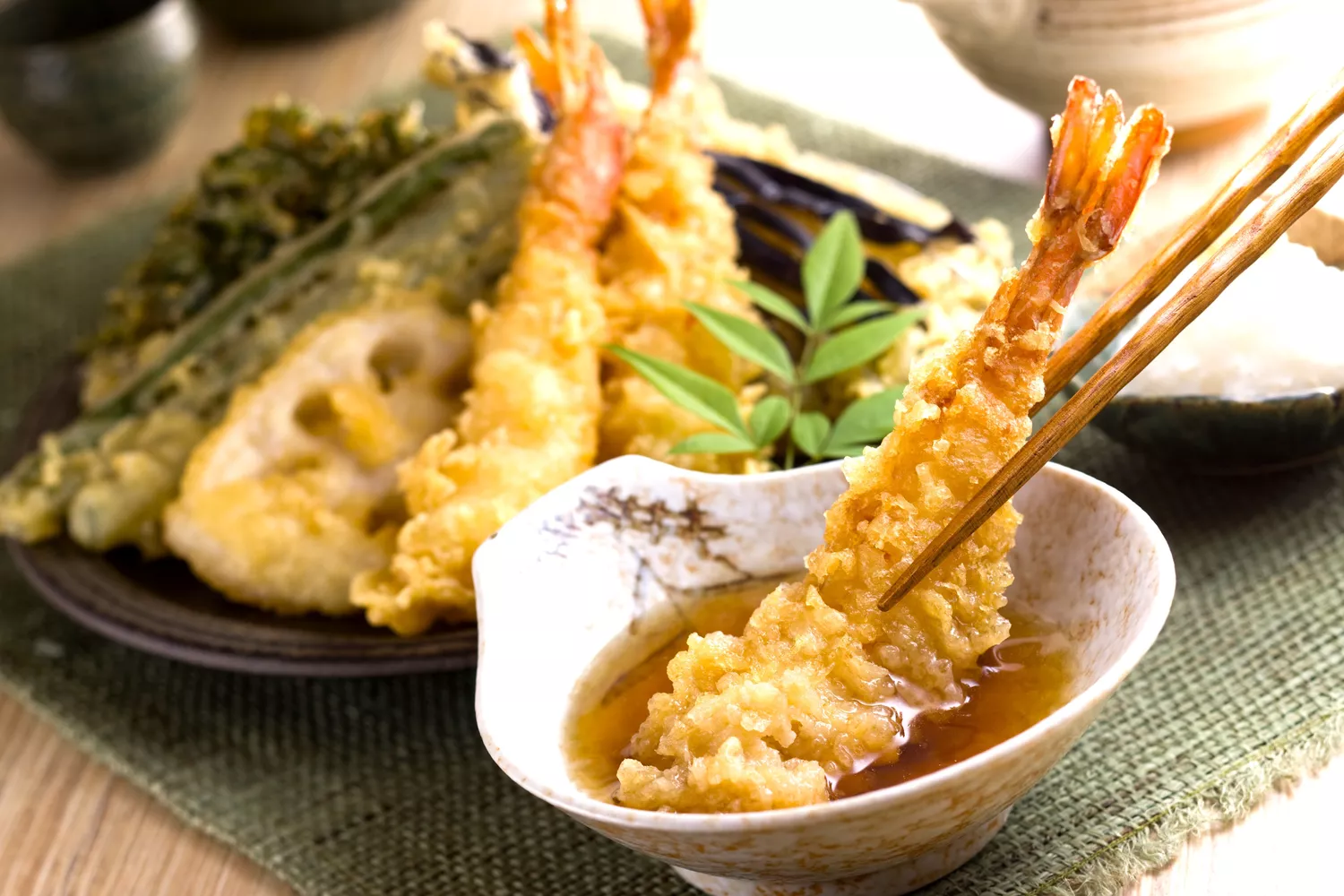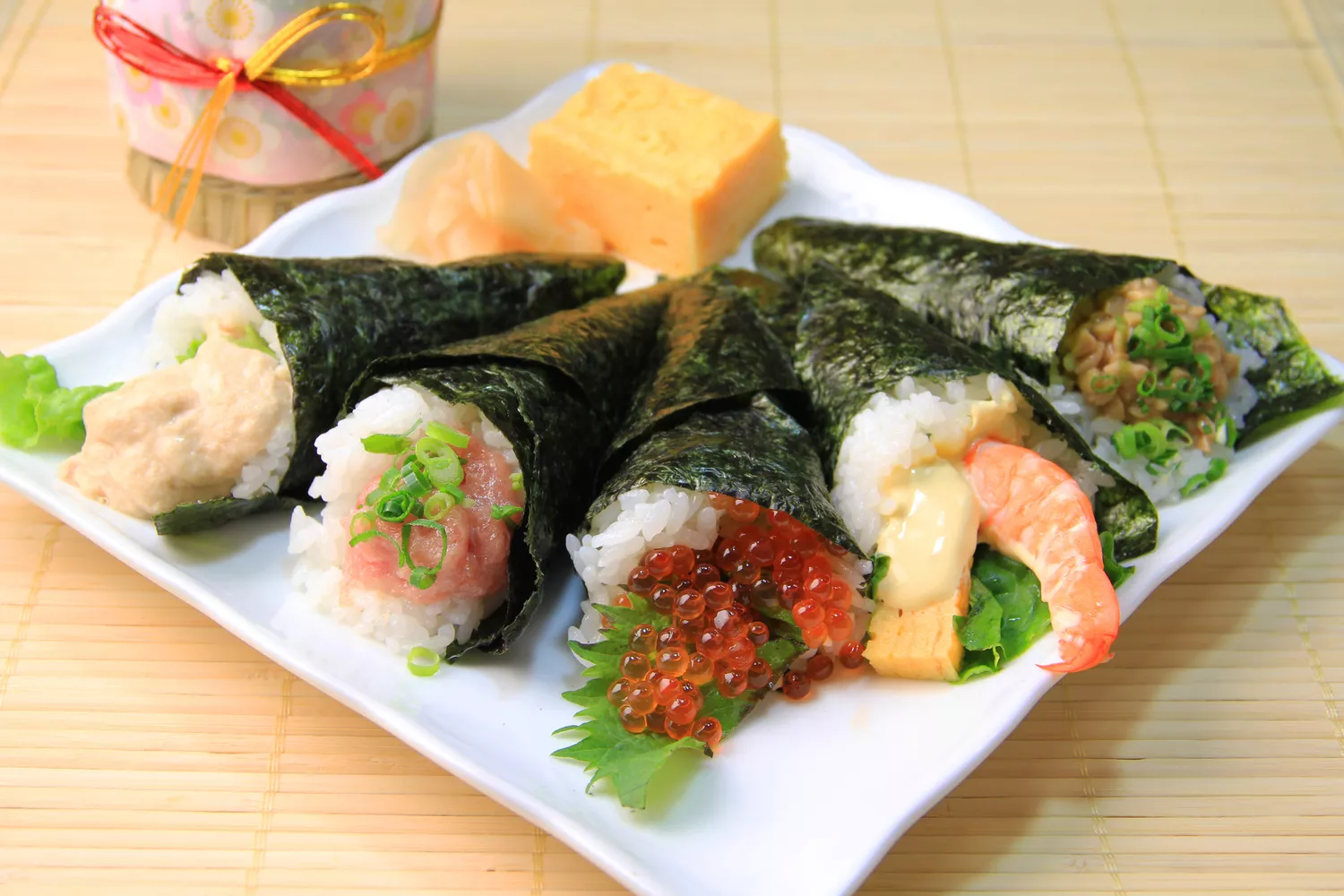1.Begin With a Phrase
When it comes to cuisine, Japanese meals are quite different compared to American meals. First off, the utensil of choice is a pair of chopsticks instead of a fork and knife. And secondly, there are many foods that are unique to the Japanese table that need to be eaten in a particular manner.
But, before the consuming can commence, it is customary to begin your Japanese meal with the phrase ”itadakimasu”. This is especially true when dining amongst Japanese, or when dining at a Japanese restaurant or traveling in Japan. Itadakimasu literally means “to humbly receive” or “to thankfully receive food;” however, its true meaning more closely resembles that of “bon appetit!”
Once itadakimasu has been said, it is time to experience an authentic Japanese meal, where both the food and the way to eat the dishes are truly unique to the culture.
2.Steamed Rice
When eating steamed rice as part of a Japanese meal, the bowl should be cradled in one hand with three to four fingers supporting the base of the bowl, while the thumb rests comfortably on the side. Chopsticks are used to pick up a small portion of rice and eaten. The bowl should not be brought to the mouth but held at a short distance to catch any rice that accidentally falls. It’s considered poor manners to bring your rice bowl to your lips and shovel rice into your mouth.
While it is appropriate to season plain steamed rice with furikake (dried rice seasonings), ajitsuke nori (dried seasoned seaweed), or tsukudani (other vegetable or protein-based rice seasonings), it is not appropriate to pour soy sauce, mayonnaise, chili peppers, or chili oil directly over steamed rice in your rice bowl.
3.Tempura (Deep-Fried Seafood and Vegetables)
Tempura, or battered and deep-fried seafood and vegetables, are typically served with either salt or a tempura dipping sauce—”tsuyu” as it is known in Japanese. When a tsuyu dipping sauce is available, it is usually served with a small plate of grated daikon radish and freshly grated ginger.
Add the daikon and ginger into the tsuyu sauce prior to dipping your tempura to eat. If salt is served, simply dip the tempura into the salt or sprinkle some of the salt over the tempura, then enjoy. If you order a tempura dish with a variety of ingredients, it is best to eat from the front of the dish toward the back as the chefs will arrange the foods from lighter to deeper flavors.
4.Japanese Noodles
It is not impolite—and is actually culturally acceptable—to slurp the noodles. So don’t be shy! In Japanese cuisine, there are several types of noodles and some are eaten differently than others. Hot noodles served in a broth are eaten directly from the bowl with chopsticks. An oversize spoon, or ”rengey” as it is called in Japanese, is often served to help lift the noodles and drink the broth with your free hand. Spaghetti napolitan, also known as spaghetti naporitan, is a Japanese style pasta dish made with a sauce that is tomato ketchup based that is considered “yoshoku” cuisine, or western cuisine.
Cold noodles can be served on a flat plate or over a “zaru-style” strainer. They are often accompanied by a separate small cup that is filled with dipping sauce (or the sauce is provided in a bottle). The noodles are dipped into the cup of sauce, one bite at a time, and then enjoyed. If a small plate of freshly grated daikon radish, wasabi, and sliced green onions are also provided with the noodles, feel free to add these to the small cup of dipping sauce for added flavor.
Cold noodles served in a shallow bowl with various toppings and a bottle of tsuyu, or noodle sauce, is typically meant to be eaten from the bowl. The tsuyu is poured over the contents and eaten with chopsticks. Examples of this are hiyashi yamakake udon and cold udon with grated Japanese mountain yam.
5.The End of Your Japanese Meal
At the end of your Japanese meal, return your chopsticks back onto the chopstick rest if one was provided. If no chopstick rest was provided, neatly lay your chopsticks across a plate or bowl.
Say ”gochisou-sama” in Japanese to indicate that you are full and have enjoyed your meal. The translation for this Japanese phrase means “thank you for this delicious meal” or simply, “I am finished with my meal.” The phrase may be directed to your host, your family member who cooked the meal for you, the restaurant chef or staff, or even said out loud to yourself.
Contact
Beijing Shipuller Co., Ltd
WhatsApp: +86 136 8369 2063
Web: https://www.yumartfood.com/
Post time: May-07-2025


